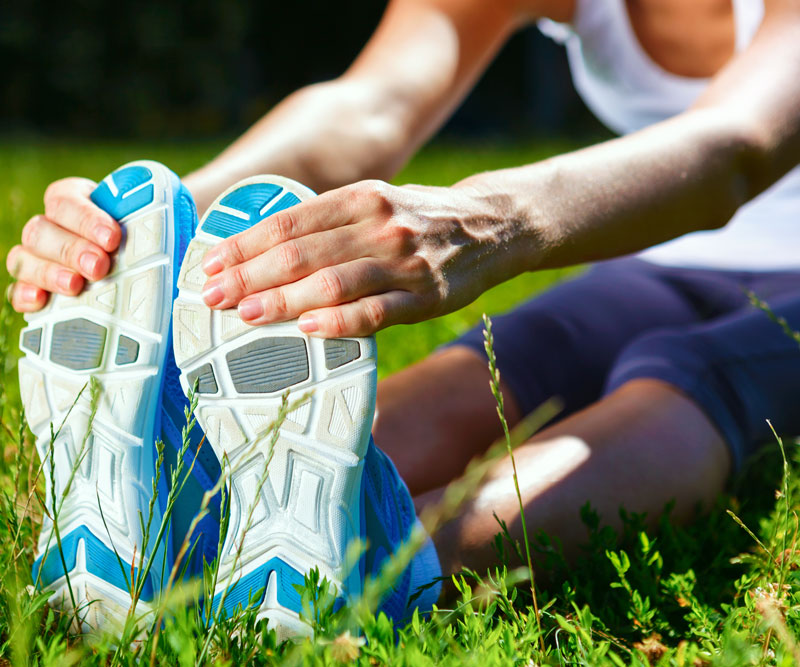
The Strengths of Weight-Bearing Exercises
Yoga, dance, boxing, walking, even team sports – all forms of physical activity present loads of benefits for your overall health.
But integrating weight-bearing exercises into your training program can help give you a boost that goes beyond simply building bulk.
How Adding Weights Can Increase Long-Term Health
Weight-bearing exercises make your body work against gravity to perform the certain movements. As your bones adapt to the impact of the added weight and various muscle pulls, more bone cells are produced. This helps decrease the risk of bone fractures.
"Every week I find myself treating fractures related to osteoporosis and bone fragility," said Dr. David Rovinsky, a board-certified orthopedic surgeon with the Wilcox Bone & Joint Center.
"In the past, we believed that once your bone loses calcium, there's no way to put it back," Rovinsky said, adding that even the best medicines today only maintain current calcium levels in your bones.
So the question is – what can we do to make our skeletons strong?
"What we've found from studies is that heavy weight-bearing exercise, performed for 30 minutes, twice a week, will increase your bone mineral density, increase your muscle mass and reduce the risk of falling," Rovinsky said.
The Benefits of Weight-Bearing Exercises
Adding weight-bearing exercises to your training program can help strengthen various parts of your body:
- Muscles – Weight-bearing exercises help build muscles that support and protect your joints, increase overall balance, and even improve your reaction time, all of which can help prevent potential injuries.
- Flexibility – Stretching your limbs through activities like yoga can help your joints reach their full mobility, keeping them happy and working like a well-oiled machine.
- Brain – Exercising frequently helps provide more blood to the brain, which helps sustain cognitive performance.
- Heart – With physical activity, your heart will pump more blood to oxygenate your entire body. Eventually, your heart will become stronger and not have to work as hard to circulate blood while you are resting, thus decreasing heart failure symptoms.
- Bones – New bone tissue is consistently forming while old tissue is continuously being removed. As we age, tissue is often removed quicker than it's formed, which is why people tend to have weaker bones when they’re older. Weight-bearing activities create the stress needed to stimulate the formation of new tissue.
What is a Weight-Bearing Exercise?
Activities like swimming and cycling are great aerobic exercises, but they aren't considered weight-bearing exercises and don't present these same benefits, especially when it comes to improving bone density.
Some examples of weight-bearing activities include:
- Free weights
- Weight machines
- Body-weight exercises
- Exercise bands
- Yoga
- Pilates
- Tai chi
- Core exercises
- Walking
- Jogging and running
- Elliptical machine
- Stair climber
- Basketball
Remember to get clearance from your primary care physician before beginning any new workout program.
If you are unsure of proper exercise form or don't know how to incorporate exercises like these into your current regimen, visit a physical therapist or an exercise physiologist to create a program that's right for you. Practicing proper form protects your joints, bones and muscles from injuries and engages the appropriate muscle groups needed to complete an exercise.
"This is my recommendation to all my patients – start lifting weights," Rovinsky said. "Do it safely, with supervision or the aid of a trainer. That's the most powerful thing you can do for your body."
Published on: August 4, 2025




